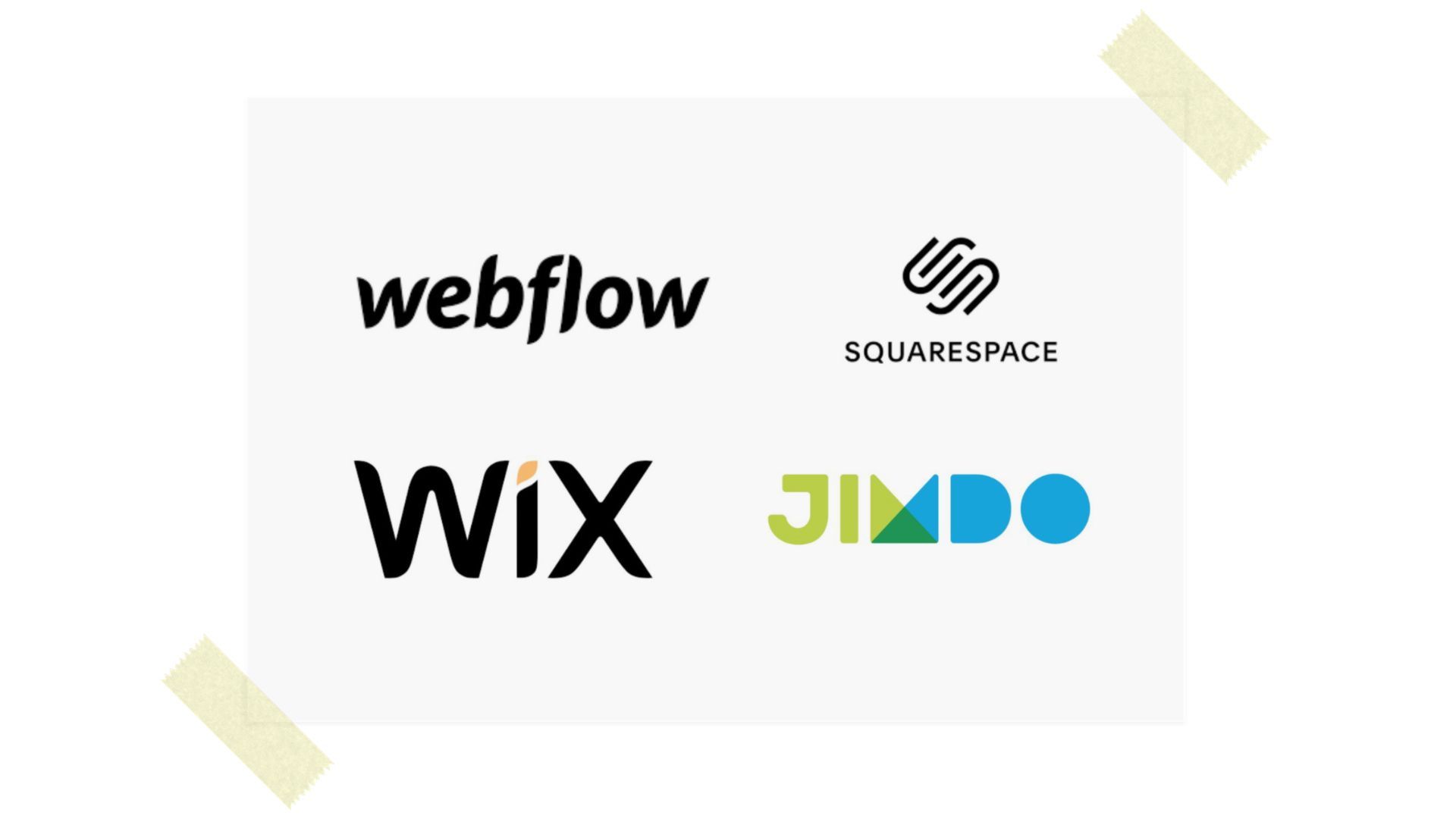Four ways to build your website or blog (2023)
Choose the best path to sustainable online success. Showing up online is one thing, staying on top another. For you to make the right choice, I lay out four different paths.

In this article, I will give a general overview of the possibilities for building and maintaining your website. After reading the article below, you will have a good understanding of the different ways and methods to build and maintain a website.
The main paths are:
- Online web builders
- Blogging platform or newsletter service
- Content Management System (CMS)
- Build with WYSIWYG editors
Online Web Builders
This option is emerging the most. The construction and management of the website takes place completely online. So via a browser (plus any app) and no longer locally on your own computer or mobile. With this method, you usually do not start from scratch, but there are numerous templates available that you can adjust for use. They also often have a collection of photos and images that you can use.
The major players at the time of writing (it is a dynamic market) are Wix, Squarespace, Webflow and Jimdo. In addition to these paid services, many hosting providers offer a similar service.
An interesting aspect with these Online Website Builders is that the hosting of the website is an integral part. That is very handy and can speed up the setup enormously.

Blogging platform or newsletter service
For a number of people, a Blogging Platform such as Medium, Substack, Tumblr, Ghost or Blogger will be an option. These companies provide the tools for publishing the content and often also provide a platform with audience and eventual reward.
This works very well if you mainly want to publish content, and it can be combined with your own site or next to a webshop, for example. You do have less say, and it creates a degree of dependence.
Content Management System (CMS)
If a lot of adjustments and extensions are needed after the site has been created, a hosted Content Management System is a good option. There are numerous systems and the best known are WordPress, Joomla, Django and Drupal.
Teams can easily work on it and the information is stored in such a way that it is easily searchable for the visitor but also for the authors. Setting it up is often quite a job. You can arrange the hosting yourself or purchase it as a service. For example, from WordPress itself or from your hosting provider.
Popular in the last years, especially amongst developers, are static site generators like Jekyll, Hugo and Gatsby. Rather than dynamically serving out a site, they generate it. This makes these sites run very stable and speedy. The CMS and the website generation are separate, and such an architecture is also called headless.
In addition, the article emphasizes the importance of headless CMS (Content Management System) solutions in conjunction with SSGs. A headless CMS enables content managers and editors to easily update and manage the content of a static site, providing a user-friendly interface for non-technical users. By combining an SSG with a headless CMS, users can leverage the simplicity and performance of static HTML while still having the flexibility to manage and update the site's content effectively.
Static Site Generators explained
Build with WYSIWYG editor
In addition to building and maintaining a website online, you can also do it locally. That is to say, on your own computer with a program that offers WYSIWYG. You immediately see what you are building. For years this was the standard and widely used was Adobe’s Dreamweaver.
A more current variant is Pinegrow. In such a program you create the website on your computer, it offers a number of powerful tools for templates, photo editing and links with other systems. As soon as you have finished building or modifying it, put it live. With this method, you can also use existing templates.
Conclusion
Many ways lead to Rome. I still switch between solutions, and that can be cumbersome and time-consuming. But goals, brands, opportunities often change and flexibility is important. One thing I would always consider when checking for a solution is to see to which degree you will be locked in when you want to change.
Also, I combine methods and applications. I use Ghost for blogging and both Squarespace, WordPress and Wix for websites. My bio site I build with just HTML and CSS.





